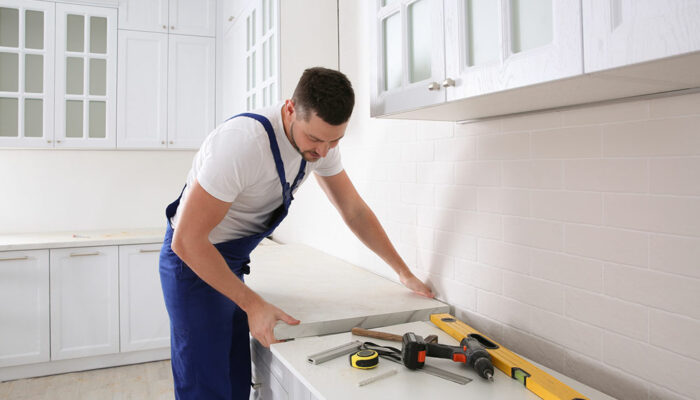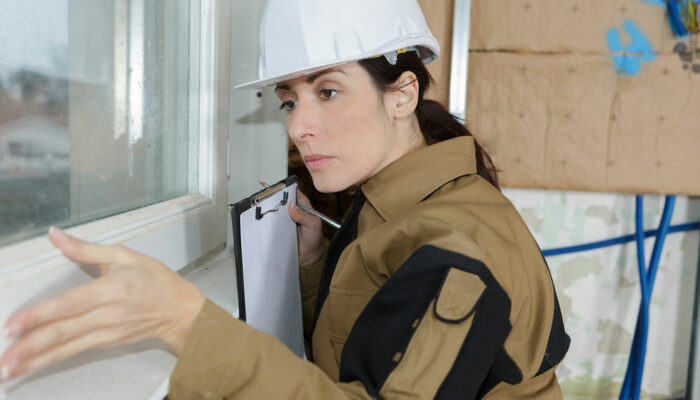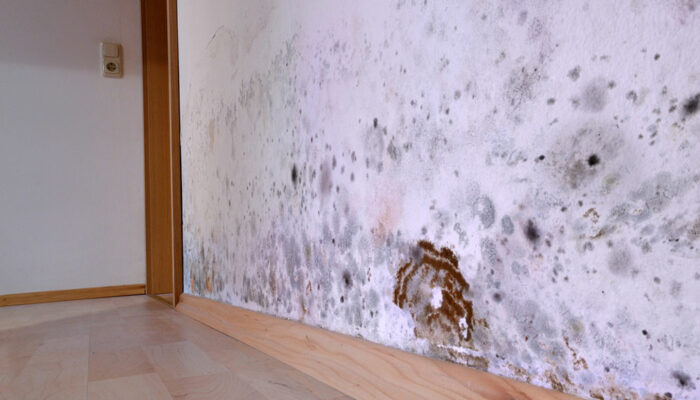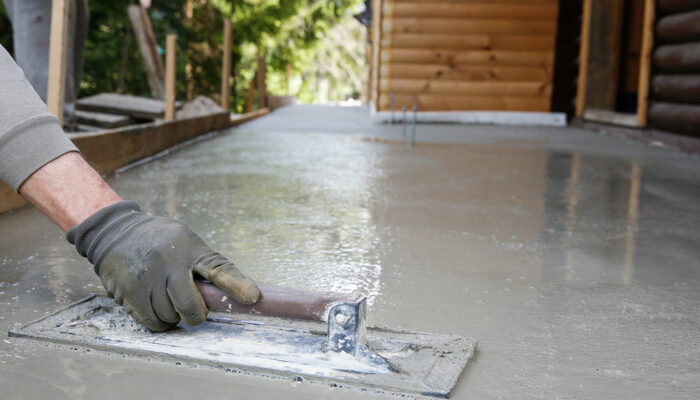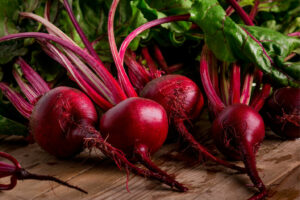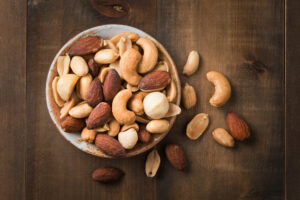
Things That Make Home Look Messy and Hacks to Deal With It
Home renovation does not necessarily mean hiring contractors and spending a lot of money. However, it need not be as easy as hanging framed pictures and relying solely on seasonal decorations. Instead, the focus should be on identifying the best hacks that have a significant impact and upgrade the appearance of your home’s walls and furniture. This article discusses simple hacks for home upgradation. Read on to learn more about home upgradation. What makes your home look untidy? Before discussing some of the best home improvement hacks, let’s take a quick look at some things that may make your home look cluttered. Too many accessories When you have a few pieces tastefully displayed, it makes the place looks classy. However, when there are too many décor pieces stacked along each other, they make your home look overwhelming. Items not in their place Often there are small things that keep floating about the house. Though small, things like keys, purses, and shoes make homes look messier. This also includes laundry piled up in different rooms. Cables and cords An increasing number of appliances being used at home, like smartphones, tablets, and other electronic gadgets, also bring with them various cords. All these cables tangled together and lying in heaps make your home look messier.
Read More 